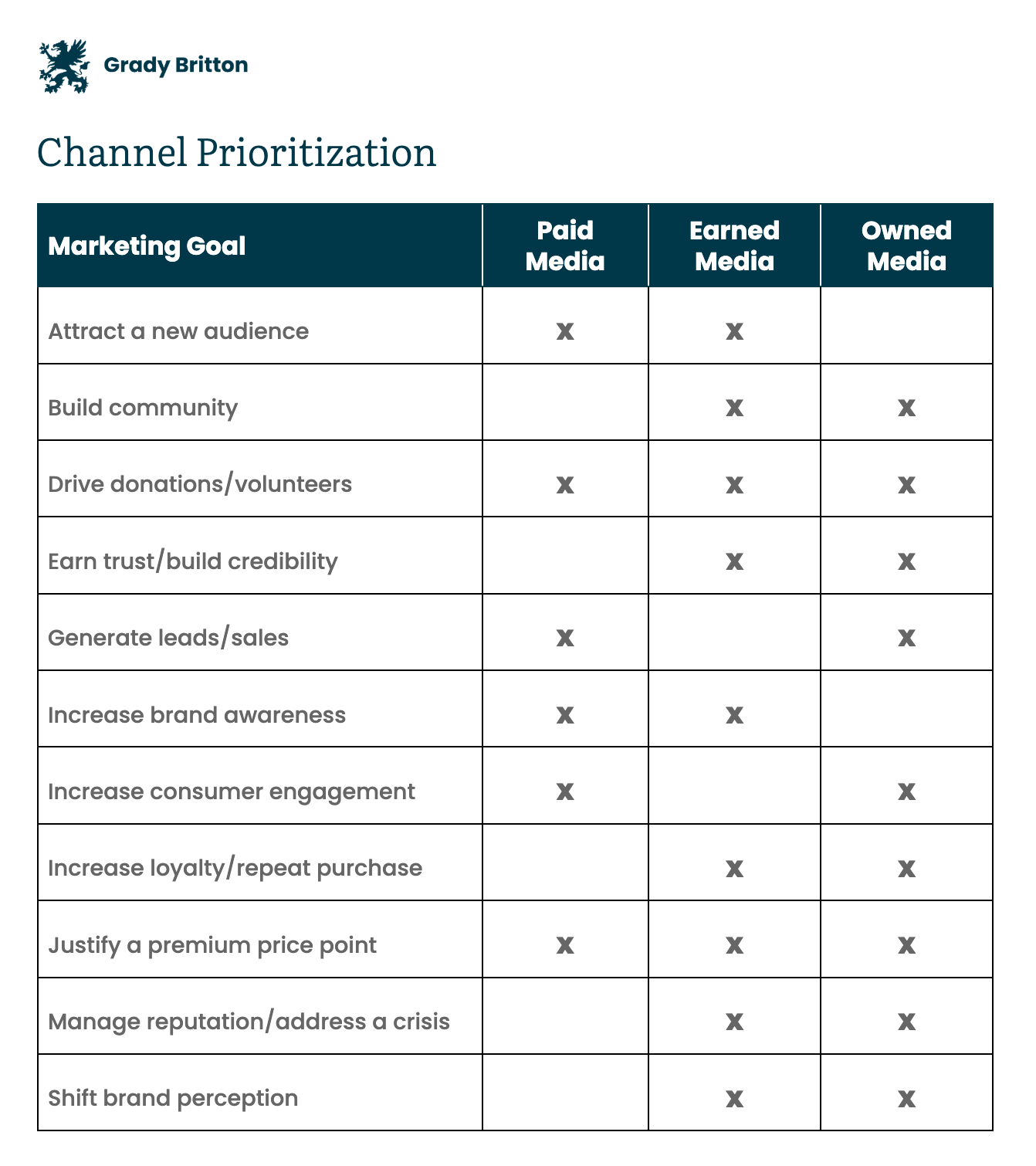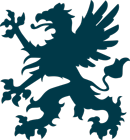Creating a powerful marketing strategy today isn’t just about having compelling creative and a strong point of view—it’s also about how and where those messages are delivered. That’s where an integrated channel strategy comes in.
How can a brand take a thoughtful, data-informed approach to building and optimizing the mix of owned, earned, and paid media channels? Let’s walk through an approach that maximizes impact, minimizes silos, and makes every channel work harder (and smarter) toward your business and brand goals.
Step One: Build a Universal Foundation
Before diving into channels, start by making sure everyone is on the same page—literally and figuratively.
- Break Down Silos: We frequently see segregated marketing, digital, and communications departments, which makes planning difficult, so we encourage integrating cross-functional teams during annual planning so everyone has visibility and input, from PR and content to paid media and analytics.
- Align on Goals: Shared goals lead to shared wins. Align and prioritize objectives and KPIs across departments to avoid duplication and maximize results.
- Know Your Audience: Use shared personas and audience insights to help create a universal understanding of who you’re talking to and what matters to them.
- Define Your Brand Messaging: A unified messaging framework ensures consistent voice, tone, and positioning across every touchpoint.
Step Two: Prioritize Channels with Intention
Each marketing channel plays a unique role in your overall strategy. Let’s break them down:
- Earned Media (press coverage, influencer mentions, product reviews) builds trust and credibility through third-party validation and is great for amplifying owned content. However, it’s harder to control the message and takes time to see results.
- Paid Media (digital ads, sponsored content, paid search) offers broad reach, precise audience targeting, and real-time results that build awareness quickly, however, it can get expensive, especially if you’re competing against a larger brand.
- Owned Media (your website, email list, social channels) allows you to control the message, experience, and first-party data, and is ideal for personalization and long-term engagement that builds loyalty. This channel is the hardest to scale though.
Evaluate each channel’s strengths and weaknesses within the context of your marketing goals. For example, if your goal is to attract new audiences to your brand, investing in paid and earned media makes more sense since they have a broader reach than your owned channels.
Need help figuring out your mix? Check out our channel prioritization checklist.

Step Three: Optimize for Real-World Conditions
Once you have your channel mix prioritized, it’s time to start honing these touchpoints based on a variety of factors, including:
- Budget Optimization: What are you working with? Where can you get the most bang for your buck?
- Audience Behavior: Where are your customers showing up, and what are they doing there?
- Measurement: How will success be tracked and reported? Which KPIs matter most?
Step Four: Bring It All Together
Now it’s time to bring your channel strategy together with your brand, content, and communications strategies to build an integrated marketing plan! If that sounds like a lot, it is! Our team is here to help bring clarity to complexity, designing integrated marketing plans that make sense of all the moving parts and align them for meaningful results.
Ready to build a smarter channel strategy? Let’s talk.
